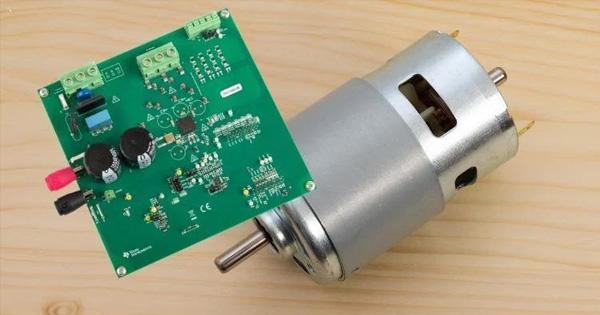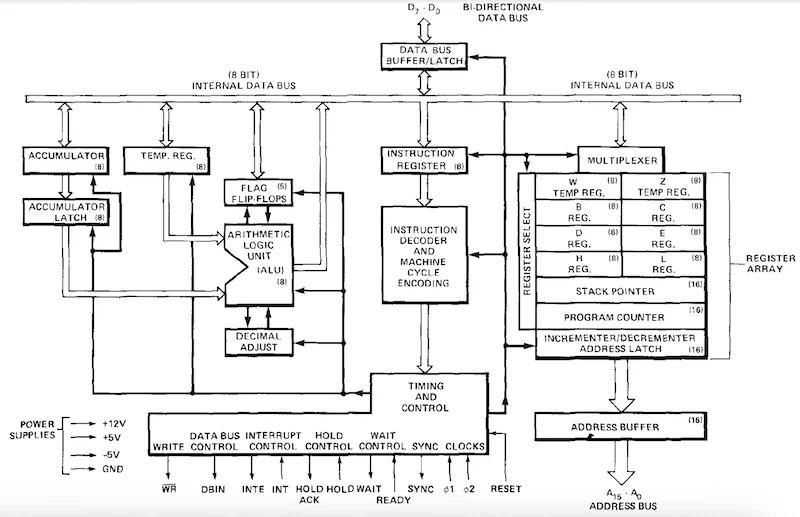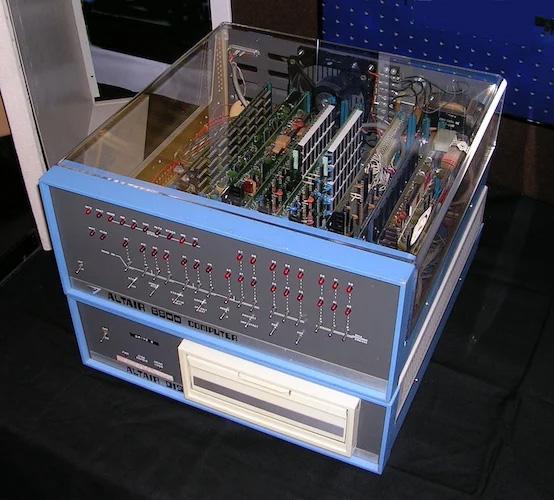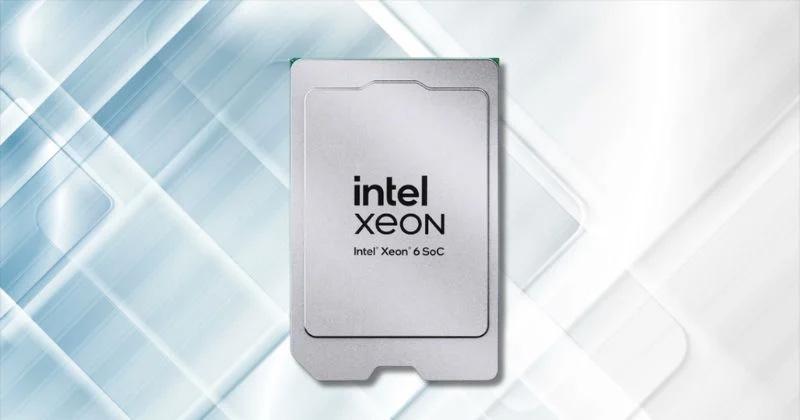
Happy 50th Birthday to Intel 8080, the Microprocessor That Started It All
In April 1974, Intel introduced the Intel 8080, a chip that would create the microprocessor market. Although it wasn’t the first microprocessor, it was the first truly general-purpose one, versatile enough to handle a wide range of applications from personal computing to industrial systems.

Two Intel 8080 microprocessor chips, closed (left) and open (right). Image (modified) used courtesy of The Board of Trustees of the Science Museum UK
The 8080 laid the groundwork for modern computing and arguably secured Intel’s position as a world leader in microchip technology.
‘The 8080 Made It Real’
The 8080 didn’t appear out of nowhere. It built on the earlier efforts of Intel's renowned chip designer Federico Faggin, specifically on his 4004 and 8008 designs. The 4004, introduced in 1971, was a four-bit processor built for calculators. While it was groundbreaking at the time, it was extremely limited. In 1972, Intel followed up with the 8008, an eight-bit chip with more potential. However, this chip was slow, difficult to program, and hampered by its small address space. These limitations pushed Intel to develop something faster and more capable. The result was the 8080.
“I started thinking about how we could use N-channel technology, which was now being developed for the 4K dynamic memory of Intel,” said Frederico, reflecting on the conception of the 8080. “It was a high-voltage, N-channel technology using three supplies (+5 V, +12 V, -5 V). And as I got to think about it, I came up with an idea—a concept really—that we had to use a 40-pin package, that we had to put in a better interrupt structure, and the only way to do that was to have a stack pointer.”
The 8080, developed by Japanese chip architect Masatoshi Shima under the direction of Faggin, expanded the address space from 16 KB in the 8008 to 64 KB, enabling larger programs and more memory. Its clock speed jumped to 2 MHz, compared to the 8008’s 800 kHz. It featured a more comprehensive instruction set, making it easier to write software. Improved input/output capabilities also made the 8080 practical for many uses.
“The 4004 and 8008 suggested it, but the 8080 made it real,” said Faggin, remarking how it was the “first computer on a chip.”
A Giant for Its Time
At its core, the Intel 8080 (datasheet linked) was an eight-bit processor with a 16-bit address bus, enabling it to access up to 64 KB of memory. It operated at a 2-MHz clock speed, though faster variants like the 3.125-MHz 8080A-1 were later released. The processor included seven general-purpose eight-bit registers (A, B, C, D, E, H, and L), a 16-bit stack pointer, and a 16-bit program counter. Its instruction set featured over 70 operations for data transfer, arithmetic, logic, and control flow.

Functional block diagram of the Intel 8080. Image used courtesy of Intel via Deramp
Physically, the 8080 was built using six-micron process technology and housed approximately 6,000 transistors. It came in a 40-pin dual in-line package (DIP), which enabled better connectivity and interfacing with support chips. However, the 8080 required multiple voltage supplies (+5 V, +12 V, and -5 V) to operate, along with external chips like the i8224 clock generator and the i8228 bus controller.
Compared to today’s processors, these specifications are modest. Modern CPUs contain billions of transistors, run at gigahertz speeds, and are manufactured with processes as small as two nanometers. But it's important to remember that in 1974—half a century ago!—the 8080 represented a significant leap forward in microprocessor technology.
A Turning Point in Computing
The release of the 8080 marked a turning point for the computing industry. It powered the Altair 8800, one of the first personal computers, the success of which inspired Bill Gates and Paul Allen to develop a BASIC interpreter. This led to the founding of Microsoft. In the gaming industry, the 8080 was used in early arcade hits like Midway’s Gun Fight and Taito’s Space Invaders—games that set the stage for the video game revolution.

The MITS Altair 8800, an early personal computer, was made possible by the 8080 CPU. Image used courtesy of Michael Holley via Wikimedia Commons (Public domain)
The 8080 also excelled in embedded systems, where its versatility enabled it to control industrial equipment, medical devices, and more. Its capabilities drove the development of more sophisticated software, including CP/M, one of the first operating systems for personal computers. CP/M’s influence extended to MS-DOS, which later dominated the PC market.
The architecture of the 8080 set the foundation for future processors. It influenced the design of the x86 architecture that remains the backbone of most personal computers today. The 8080 proved that microprocessors could serve as the heart of fully functional computing systems, something that was unthinkable just a few years earlier.
“The 8080 really represented a turning point for the microprocessor industry because of its speed advantage,” Faggin said. “10 to 20 times faster is really a head-turning kind of improvement.”
Fifty years later, the Intel 8080 remains a symbol of computer innovation. It helped launch the microcomputer revolution, shaped software development, and proved microprocessors' potential across multiple fields. Its legacy is still reflected in modern computing, a testament to how far technology has come and how the 8080 set it all in motion.



